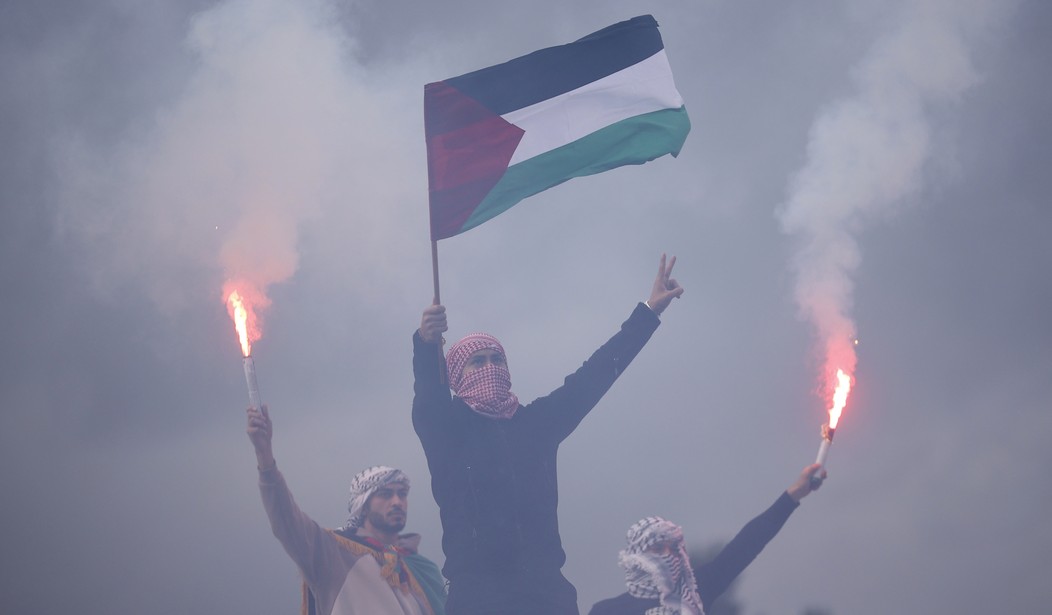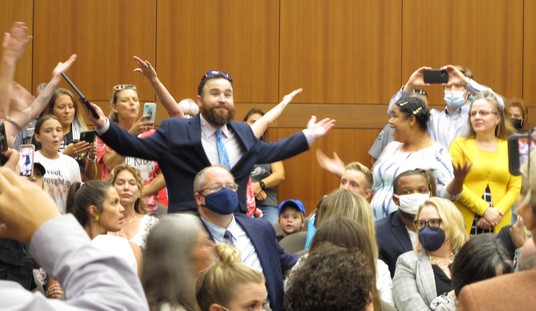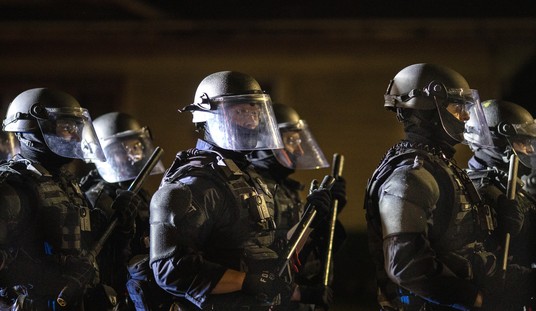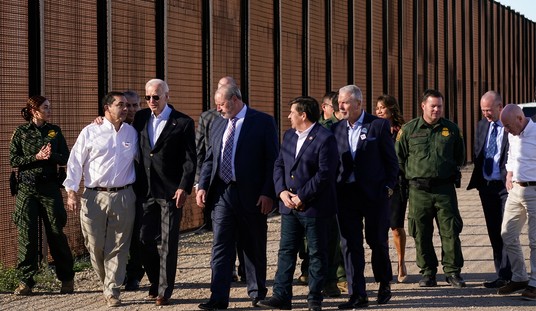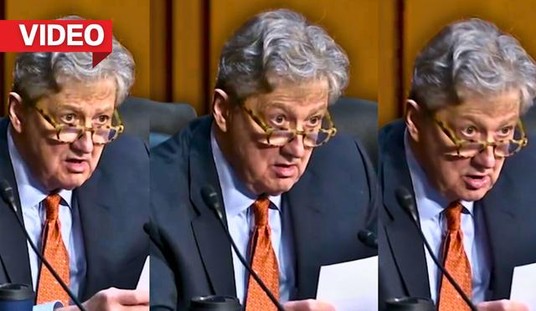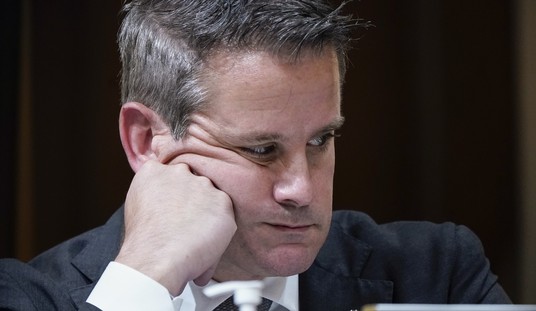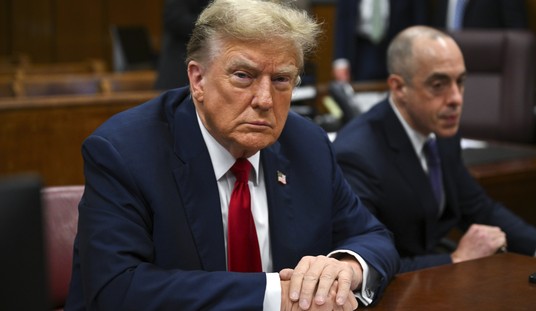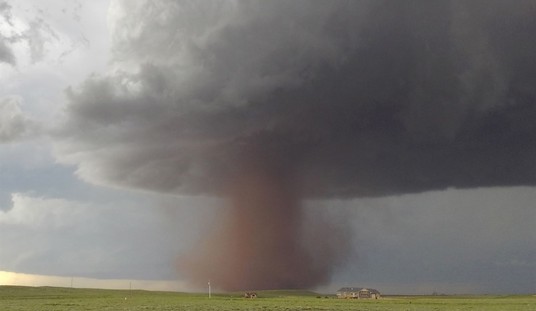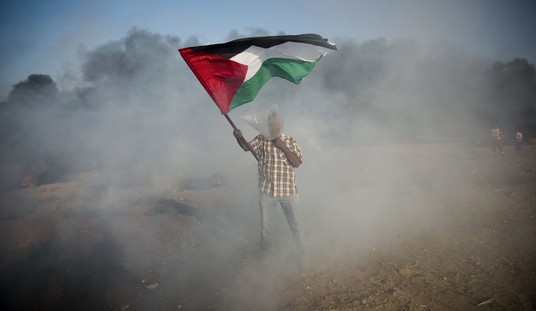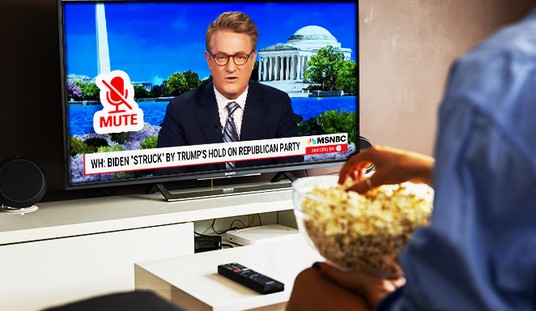Ever since the start of the Israel/Hamas war, there have been tons of pro-Palestinian and pro-Hamas rallies all over the Western world. Just last week, tens of thousands of protesters demonstrated at the United States capital, expressing their opposition to Israel’s counterattack against Hamas. In several cases, participants in these rallies publicly expressed support for Hamas.
The prevalence of these demonstrations and the organizations that are holding them has raised an important question: Who is funding these people?
A Washington Examiner investigation delved deeper into the matter and found that the waters surrounding the issue are murky enough to warrant suspicion.
Activists organizing pro-Palestinian protests across the United States in the wake of the Hamas attacks against Israel share various deep affiliations with designated terrorist factions, all while quietly receiving checks from anonymous sources, according to records.
The streets of Washington, D.C., were flooded Saturday with tens of thousands of activists demanding a ceasefire in Gaza and for the U.S. to choke off aid to Israel, where more than 1,400 civilians and soldiers have been killed by Islamic terrorists since Oct. 7, the deadliest attack against the Jewish people since the Holocaust. Groups behind the increasing number of anti-Israel protests and the recent one in the nation's capital that spurred vandalism maintain particularly opaque dark money funding structures and have also faced scrutiny over the years for their ties to terror, a Washington Examiner investigation found.
One of the central organizations that the report highlighted is the WESPAC Foundation, a major player in the Boycott, Divest, and Sanctions (BDS) movement against Israel. The organization uses a practice called fiscal sponsorship, which allows an entity to provide services such as donation processing and legal oversight to smaller projects without having to file separate financial disclosures. This means that this arrangement can obscure the tracking of funding sources, which has raised concerns about shadowy financing – especially the possibility that the money could be coming from groups aligned with terrorist organizations.
Several of the groups involved in the protests have publicly expressed support for Hamas and other terrorist groups and individuals. National Students for Justice in Palestine has openly defended Hamas. The WESPAC Foundation has sought to free Ahmad Saadat, the imprisoned leader of the Popular Front for the Liberation of Palestine (PFLP), a Marxist-Leninist Palestinian nationalist organization that has carried out numerous terrorist attacks.
To be clear, the Washington Examiner’s report did not establish clear ties between terrorist-aligned groups and those holding pro-Hamas protests. But it did highlight the reality that the channels through which these groups obtain their funding place a shroud over the sources of their cash flow.
This story raises serious concerns about who is paying these groups to spread pro-terrorist propaganda. What, if any, safeguards are in place to prevent American nonprofits from being supported by terrorist groups using them to spread their messages on the public stage?
If entities that are connected to extremist groups like Hamas and PFLP are funding these protests, then what are the broader implications for U.S. domestic and foreign policy? Can the government circumvent these funding sources and prevent bad actors from receiving funding for the purpose of propagandizing in favor of terrorism?
These are questions that could become even more critical as the situation in the Middle East intensifies, and the debate over the war becomes even more prominent in American political discourse. Regardless of where these organizations are getting their funding, it is clear they serve a specific purpose, and for many, it has nothing to do with advocating for Palestinian noncombatants.
As many have observed, the war between Israel and Hamas is not only being fought in Gaza using guns, rockets, and tanks. It is also being fought on the airwaves and interwebs and emphasized in public squares like what occurred last weekend in the capital. Both sides of the conflict are now locked in a fierce war for public opinion, and it is not yet clear who will win this battle.

